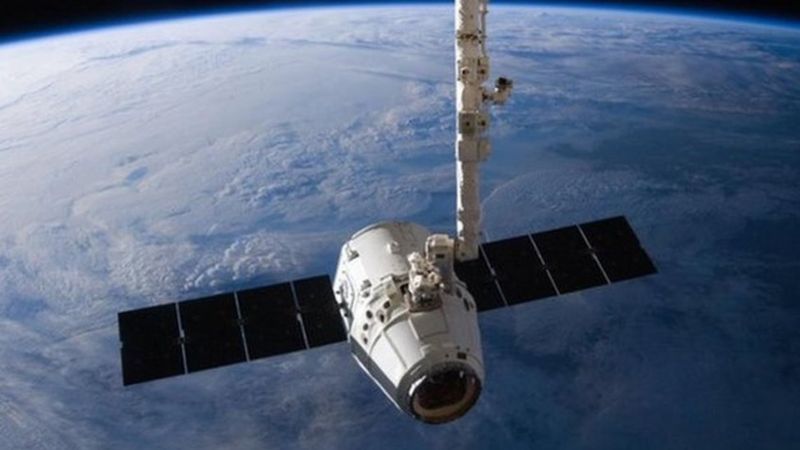Headline
International Space Station To Crash To Earth In Nine Years Time

International Space Station To Crash To Earth In Nine Years Time
The International Space Station (ISS) will continue working until 2030, before plunging into the Pacific Ocean in early 2031, according to Nasa report.
In a report by the National Aeronautics and Space Administration (NASA), the ISS will crash into a part of the ocean known as Point Nemo in 2031.
NASA is a US space agency in charge of U.S. science and technology.
This is the point furthest from land on planet Earth, also known as the spacecraft cemetery.
Many old satellites and other space debris have crashed there, including the Russian space station Mir in 2001.
Video: President Biden Caught Calling Fox News Reporter “Stupid Son Of A B**ch”
Nasa said that in the future space activities close to earth will be led by the commercial sector.
The ISS – a joint project involving five space agencies – has been in orbit since 1998 and has been continuously crewed since 2000. More than 3,000 research investigations have taken place in its microgravity laboratory.
However it is only approved to operate until 2024 and any extension must be agreed by all partners.
Nasa says the plan to retire the ISS marks a transition to the commercial sector for activities in low-Earth orbit – the area of space close to Earth.
“The private sector is technically and financially capable of developing and operating commercial low-Earth orbit destinations, with Nasa’s assistance,” said Phil McAlister, director of commercial space at NASA Headquarters.
In 2020, Nasa awarded a contract to Texas-based company Axiom Space to build at least one habitable module to be attached to the ISS. It has also provided funding to fund for three companies to develop designs for space stations and other commercial destinations in space.
It is hoped that these new projects will be in orbit before the ISS is retired.
Nasa says it hopes to create a “robust, American-led commercial economy in low-Earth orbit”.
The commercial sector is already an important part of the US space programme, with private companies responsible for delivering crew and cargo. Russia’s Soyuz and Progress spacecraft are also used.
According to Nasa, it will save $1.3bn (£956m) by transitioning to the private sector for activities in low-Earth orbit, money which instead can be spent on deep space exploration.
The savings are anticipated because Nasa will only be paying for the services it needs, rather than for the maintenance and operations of the ISS. Nasa also points out that the private sector space stations will be newer and should require fewer spare parts.
Nasa says it analyses its ISS budget on an annual basis and that it will continue to refine its savings estimates.
The transition report published by Nasa this week comes after the administration of US President Joe Biden said it had committed to extend the space station’s activities until 2030.
REUTER
-

 Headline1 week ago
Headline1 week agoWhatsApp Sets For Major Upgrade — Here’s What The New ‘Username’ Update Means
-

 Headline1 week ago
Headline1 week agoSee Why Court Declares Arrest Of Ex INEC Chair, Prof Mahmood Yakubu
-

 Education1 week ago
Education1 week agoFULL LIST: UI Tops Nigeria’s Best Varsity For 2026
-

 Headline7 days ago
Headline7 days agoSenate Won’t Be Held Hostage By Any Member, Says Akpabio
-

 Headline1 week ago
Headline1 week agoBREAKING: Tinubu Orders Immediate Review Of 2026 Hajj Fares
-

 Crime1 week ago
Crime1 week agoUPDATED: Police Detain 12 Suspects Over Killing Of Arise TV Anchor
-

 News1 week ago
News1 week agoVenezuela’s Machado Clinches Nobel Peace Prize, See Her Journey To The Award
-

 Headline1 week ago
Headline1 week ago2026 W’CUP Q: Lesotho Vs Nigeria – See Date, Time and Where To Watch
-

 Headline1 week ago
Headline1 week agoCouncil Of State Held A Close-door Meeting, Decides New INEC Chairman
-

 Education3 days ago
Education3 days agoJUST IN: Maths No Longer A Must— FG Changes Higher Institutions Admission Policy






